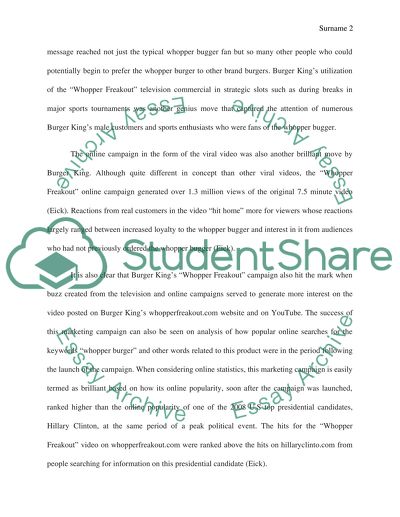Cite this document
(“Burger King Case Study Example | Topics and Well Written Essays - 1250 words”, n.d.)
Burger King Case Study Example | Topics and Well Written Essays - 1250 words. Retrieved from https://studentshare.org/marketing/1477324-burger-king
Burger King Case Study Example | Topics and Well Written Essays - 1250 words. Retrieved from https://studentshare.org/marketing/1477324-burger-king
(Burger King Case Study Example | Topics and Well Written Essays - 1250 Words)
Burger King Case Study Example | Topics and Well Written Essays - 1250 Words. https://studentshare.org/marketing/1477324-burger-king.
Burger King Case Study Example | Topics and Well Written Essays - 1250 Words. https://studentshare.org/marketing/1477324-burger-king.
“Burger King Case Study Example | Topics and Well Written Essays - 1250 Words”, n.d. https://studentshare.org/marketing/1477324-burger-king.


